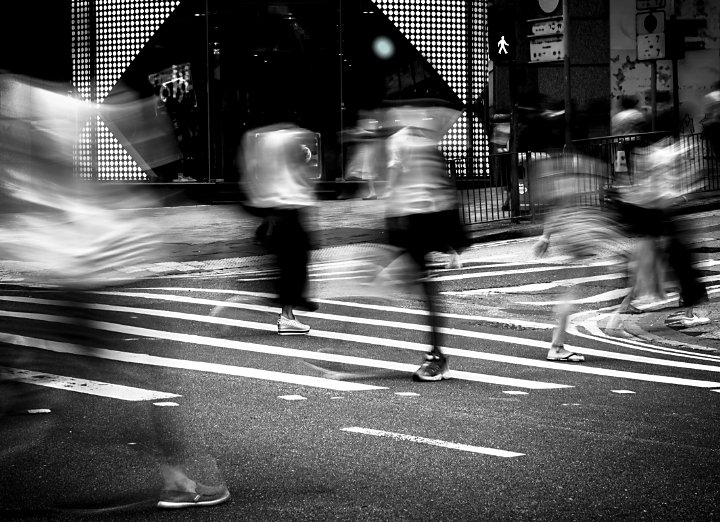How Framing Streets can Save You Time, Stress, and Money.
Wiki Article
8 Easy Facts About Framing Streets Shown
Table of ContentsWhat Does Framing Streets Mean?The smart Trick of Framing Streets That Nobody is Talking AboutMore About Framing StreetsThings about Framing StreetsThe 8-Minute Rule for Framing StreetsA Biased View of Framing Streets
Digital photography style "Crufts Pet Program 1968" by Tony Ray-Jones Street photography (also in some cases called honest digital photography) is digital photography performed for art or query that features unmediated chance encounters and arbitrary incidents within public places, usually with the goal of recording photos at a decisive or poignant minute by cautious framing and timing. 
Our Framing Streets Diaries
Susan Sontag, 1977 Road photography can concentrate on people and their habits in public. In this regard, the road digital photographer resembles social docudrama photographers or photographers that also operate in public areas, but with the goal of capturing newsworthy events. Any one of these digital photographers' images might record individuals and home noticeable within or from public areas, which typically requires browsing ethical problems and regulations of privacy, safety, and property.Representations of everyday public life form a style in virtually every duration of globe art, beginning in the pre-historic, Sumerian, Egyptian and early Buddhist art durations. Art dealing with the life of the street, whether within sights of cityscapes, or as the leading concept, appears in the West in the canon of the North Renaissance, Baroque, Rococo, of Romanticism, Realism, Impressionism and Post-Impressionism.
The Ultimate Guide To Framing Streets
Louis Daguerre: "Boulevard du Holy place" (1838 or 1839) In 1838 or 1839 the first photograph of numbers in the street was videotaped by Louis-Jacques-Mand Daguerre in one of a set of daguerreotype views extracted from his studio home window of the Boulevard du Holy place in Paris. The 2nd, made at the height of the day, reveals an unpopulated stretch of road, while the other was taken at about 8:00 am, and as Beaumont Newhall reports, "The Boulevard, so frequently filled up with a relocating crowd of pedestrians and carriages was flawlessly solitary, other than a person who was having his boots cleaned., who was inspired to undertake a similar documents of New York City. As the city created, Atget aided to advertise Parisian streets as a worthy topic for digital photography.

8 Easy Facts About Framing Streets Explained
Martin is the first tape-recorded professional photographer to do so in London with a disguised camera. Mass-Observation was a social study organisation established in 1937 which intended to tape-record daily life in Britain and to tape-record the responses of the 'man-in-the-street' to King Edward VIII's abdication in 1936 to marry divorce Wallis Simpson, and the sequence of George VI. The chief Mass-Observationists were anthropologist Tom Harrisson in Bolton and poet Charles Madge in London, and their initial record was created as guide "May the Twelfth: Mass-Observation Day-Surveys 1937 by over two hundred viewers" [] Window cleaner at Kottbusser Tor, Berlin, by Elsa Thiemann c. 1946 The post-war French Humanist Institution professional photographers found their topics on the street or in the bistro. Andre Kertesz.'s extensively appreciated Images la Sauvette (1952) (the English-language edition was labelled The Decisive Minute) advertised the concept of taking a picture at what he labelled the "decisive moment"; "when kind and content, vision and composition combined right into a transcendent whole" - photography presets.The Facts About Framing Streets Uncovered
The recording device was 'a covert camera', a 35 Read More Here mm Contax hidden under his coat, that was 'strapped to the chest and attached to a long cable strung down the ideal sleeve'. Nevertheless, his job had little contemporary impact as as a result of Evans' level of sensitivities about the creativity of his project and the personal privacy of his subjects, it was not released up until 1966, in guide Lots of Are Called, with an introduction created by James Agee in 1940.Helen Levitt, after that an instructor of little ones, connected with Evans in 193839. She documented the temporal chalk illustrations - copyright a9iii that became part of kids's road culture in New York at the time, in addition to the youngsters who made them. In July 1939, Mo, MA's new digital photography section included Levitt's operate in its inaugural exhibitionRobert Frank's 1958 book,, was considerable; raw and frequently indistinct, Frank's photos examined mainstream photography of the moment, "tested all the formal policies set by Henri Cartier-Bresson and Pedestrian Evans" and "flew in the face of the wholesome pictorialism and genuine photojournalism of American publications like LIFE and Time".
Report this wiki page